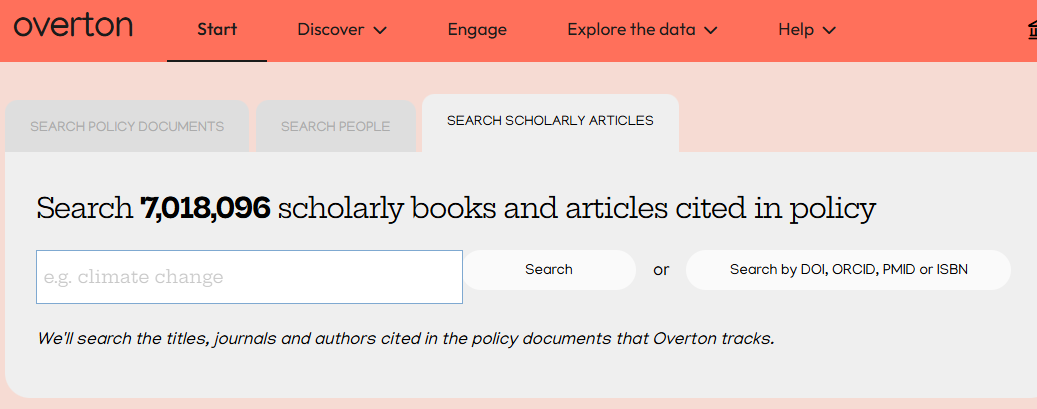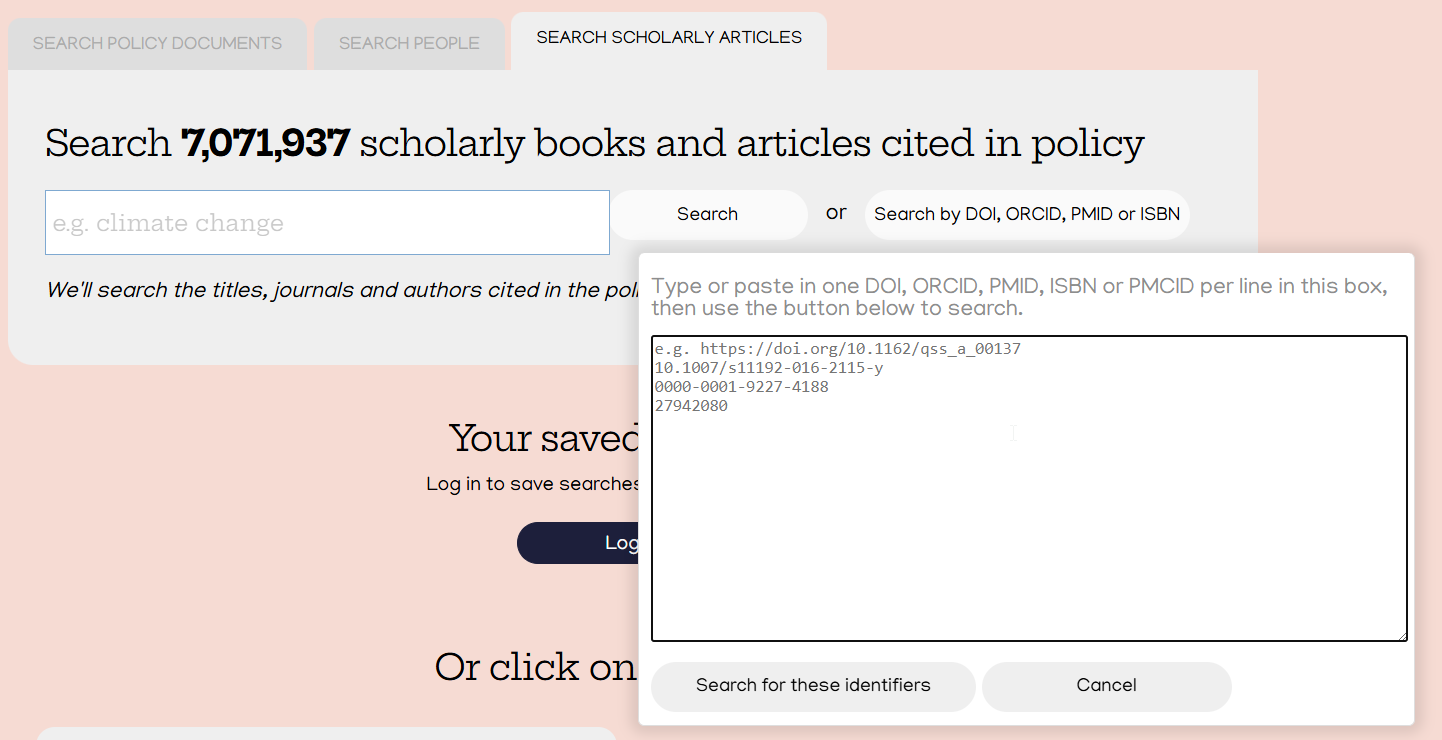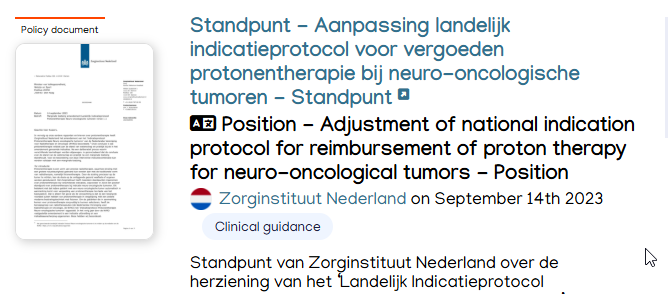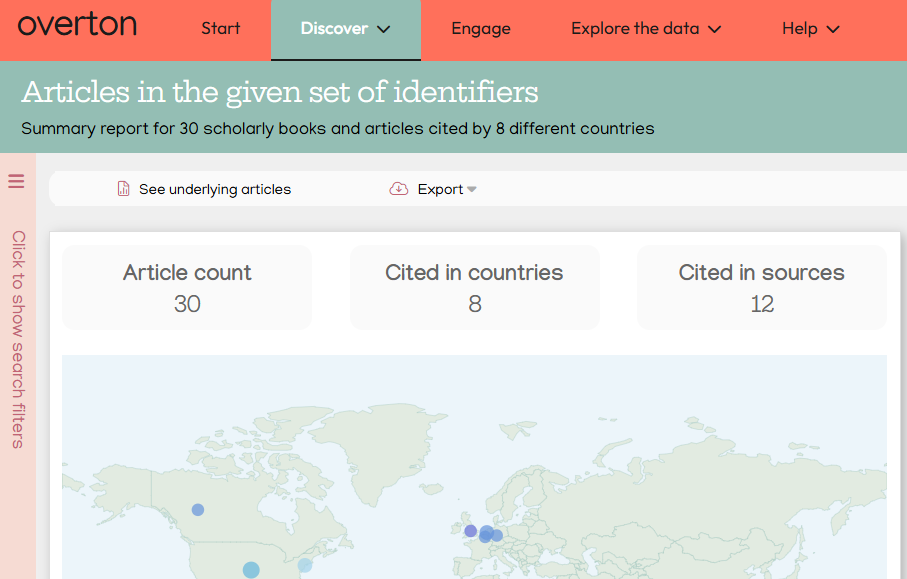Citations, Altmetrics and Researcher Profiles

Overview
Measuring research performance
As a researcher, you can use research performance measures to:
- describe your research quality or engagement for grant, promotion or tenure applications
- identify influential collaborators
- identify high quality, impactful journals when publishing your research.
The measures included in this guide can be broadly categorised as citation metrics, altmetrics, and indicators of esteem. Your focus on particular measures will depend on your discipline, the purpose of the analysis and the types of research outputs included.
Use this guide to familiarise yourself with measures or indicators that can be used to positively inform your assessors.
Beyond this guide, the UWA Research Impact Toolkit can help you plan for, measure and describe research impact and engagement across the economic, environmental and social domains.
Citation Metrics
Citation metrics, also known as bibliometrics, are based on the number of citations research outputs receive. They can be used as indicators of usage and engagement with your research. Use citation databases and analysis tools to find:
- researcher - specific metrics, including total citation numbers and the average, benchmarked performance of your body of publications
- research output - specific metrics, including how often an output was cited and field-weighted indicators
- journal metrics, like the ranking of journals in a field, based on article citation numbers.
Citation analysis is generally considered a good and cost effective but not perfect measure of research quality. The value placed on citation and citation analysis varies across disciplines.
There is no single citation analysis tool that collects all publications and their cited references. Scopus, Web of Science and Google Scholar are the key databases for obtaining citation metrics. There may be differences in the citation counts and your h-index between these database as each only counts the citations that appear in the journals and books that they index, and the scope of each database varies.
See below for more details about these citation databases.
Altmetrics
Alternative metrics, or altmetrics, measure how many times a research output has been shared, mentioned or downloaded from online sources such as social media sites, blogs, mainstream media and reference managers. The data is accumulated at a faster rate compared to traditional citation-based measures.
Altmetrics compliment traditional impact measurement methods and are a good alternative for disciplines such as Humanities and Social Sciences where traditional metrics are not as useful for measuring impact.
See the Altmetrics sources box below for more information.
Indicators of esteem
Indicators of esteem, such as awards, journal editorship, commissions, reviews, library holdings and many more, can also be used when describing the significance of your research. They are particularly useful for describing the importance of non-traditional research outputs, and for disciplines where citation of others' work is rare or takes longer because books are the primary form of publication.
Before you begin
Before you begin to gather your citation metrics, ensure that you have an up to date profile in each of the databases you will be using, so none of your papers are missed from the metrics calculated. See the Profiles page of this guide for the researcher profiles UWA researchers should set up and manage.
In addition to enabling you to track engagement with your research outputs, researcher profiles increase the visibility and potential discovery of your outputs - which may in turn lead to future citation and impact. Grant assessors, potential collaborators, practitioners and the general public may all find your profiles, so it is important to keep them current.
Citation databases
Scopus is a comprehensive abstract and citation database covering the scientific, medical, technical and social science subject areas. It includes abstracts from 1966 onwards, and cited references from 1996, enabling researchers to track where, by whom, and how often an article has been cited.
As well as citation numbers, Scopus provides a number of other citation-based metrics for evaluating the impact of articles, journals and authors, including the Field-Weighted Citation Index (FWCI).
SciVal is a large database of citation data, information about research grants and some altmetrics. Use SciVal to analyse publications at an individual, group and institutional level. SciVal is based on Scopus data. SciVal enables users to visualise research performance, benchmark against peers using a number of metrics, review co-author networks and identify potential collaborative partnerships.
The Introduction to SciVal page in the SciVal Support Hub contains some useful introductory material on SciVal and the different modules.
Note: Scopus and thus SciVal data is limited to citations in publications indexed by Scopus. Coverage of humanities literature is limited.
There are some useful tutorials available to help you navigate your way around the Scopus database: Scopus tutorials.
Web of Science is a comprehensive abstract and citation database covering a broad range of subject areas. It enables researchers to track where, by whom, and how often an article has been cited. While Web of Science provides many citation-based metrics, even more can be accessed through InCites (Benchmarking and Analytics). InCites is an analytical tool using Web of Science data. InCites includes the Category Normalized Citation Index (CNCI).
Note: Web of Science and InCites data is limited to publications indexed in Web of Science. Coverage of humanities and social sciences literature is limited.
Web of Science tutorials:
- Using Web of Science to kick off your next research project
- Web of Science Citation Report
- Staying up-to-date and organised
Watch the Getting help in InCites video, below, to find relevant Incites tutorial

Google Scholar provides access to scholarly content that is indexed by Google. Users can search for articles, theses, books, abstracts and court opinions, from academic publishers, professional societies, online repositories, universities and other websites. Each publication record indicates the number of times the publication has been cited within another Google Scholar-indexed publication. By clicking on the citation total you can link to the list of citing publications.

Authors who have a Google Scholar Profile can find the citations for all of their publications in the one location, along with their Google Scholar H-index. A profile also allows you to ensure that publications are correctly attributed to you in the database. Check your profile regularly for accuracy.
Dimensions is a comprehensive abstract and citation database with over 100 million publications in science, health, humanities and social sciences. Dimensions includes journal articles, preprints, edited books, book chapters and monographs relating to research, indexed via Crossref, PubMed, PubMed Central, arXiv.org and more that 160 publishers directly.
A free version of Dimensions is available that provides access to citation metrics for research outputs and researchers. Though it does not provide access to all of the features of the platform, it is able to provide citation totals for research outputs and authors and provides analysis by field of research, author and source.
More instructions for finding citation numbers and other citation-based metrics can be found on:
- The Researcher metrics tab and;
- The Research output metrics tab, under the Journal Article heading.
Altmetrics sources
Two popular altmetrics platforms are PlumX 
 .
.
These platforms differ in the way they source and report metrics.
UWA researchers can find altmetrics for their individual publications on their public profiles page of the UWA Profiles and Research Repository.
Altmetric sources data from social media, traditional media and online reference managers to track the level of attention a research output is receiving online. Altmetric displays the quantity and source type of the attention an output is receiving visually in the Altmetric circle or donut. The Altmetric.com donut can be seen on the UWA Profiles and Research Repository, many publisher and journal websites, plus as a third party application in Scopus.
Altmetric.com offers a free Altmetric it! bookmarklet for Chrome, Firefox and Safari.
Image of Altmetric it! Bookmarklet from https://www.altmetric.com/products/free-tools/bookmarklet/
PlumX gathers metrics for scholarly research output and categorises these into five separate metric types: Usage, Captures, Mentions, Social Media, and Citations.
As of 01/09/2023 PlumX have ceased gathering and displaying Twitter metrics due to changes to the social media site Twitter (or "X").
PlumX uses a range of identifiers to track the metrics of research outputs across a wide range of sources.
The PlumX PlumPrint represents a publication's available metrics, with each metric type allocated a colour. Further metric details can be viewed by hovering over the PlumPrint or by clicking the see details link. In the UWA Profiles and Research Repository the PlumPrint is embedded at the research output level.
For more information about PlumX, please see the PlumX About PlumX Metrics webpage or contact a UWA Librarian.

Images:
(Above) from: About PlumX Metrics
PlumX PlumPrint example from: http://plumanalytics.com/plumx-widget-review/
| PlumX | Altmetric | |
|---|---|---|
|
Types of research output tracked |
Blogs, Books, Book chapters, Cases, Clinical trials, Conference , Paper, Datasets, Dissertations, Figures, Grants, Interviews, Journal articles, Media, Patents, Posters, Slide Presentations, Software/Sourcecode, Videos, Web Pages For a comprehensive list of artifacts gathered please consult PlumX's About Artifacts Altmetric blog provides information on the attention score and their sources in their post "Numbers behind Numbers: The Altmetric Attention Score and Sources Explained". |
|
|
Identifiers used to track research output |
DOI, URL, ISBNs, PubMedID, PubMed Central IDs, arXiv IDs, OCLC numbers, RePEc ID, SSRN IDs, Vimeo IDs, GitHub IDS or URLS, SourceForge IDs, US Patent Publication IDs, ClinicalTrials.gov IDs. |
PubMedID, arXiv ID, ADS ID, SSRN ID, RePEC ID, Handle.net identifers, URN, ISNDs, DOIs. from Altmetric's Tracking and collating attention |
| Metrics collected |
|
|
| Score calculation | No score allocated | Altmetric score derived from 3 main factors:
|
| ORCID integration | Yes | Yes |
| API/Widgets | PlumX embeddable widgets | Free API for non-commercial use and embeddable badges |
| Subscription model | Subscription-based | Subscription-based Altmetric for Institutions. Free use of Altmetric.com bookmarklet |
Overton is a database of government policies and grey literature “from governments, public bodies, IGOs, NGOs and think tanks”. Use Overton to track citations of your research in government policies; a useful measure of research impact outside academia.
To search for policy citations to all your research:
It is possible to search for a researcher by name in the ‘Search People’ tab. This can be useful to locate where your name may have been mentioned even if a specific paper was not cited. However for more accurate altmetrics it's recommended to gather a list of DOIs or PubMed IDs for your papers, and search for these in the ‘Search Scholarly Articles’ tab.
- Click on the ‘Search Scholarly Articles’ tab.

- Click on the ‘Search by DOI’ button

- Paste in a list of DOIs or PubMed IDs for your papers. (Or one specific paper)
- Click the 'Search for these identifiers' button.
- Above the search results, a message will indicate how many of the articles were located in Overton.

- Click on the title of an individual article to see the policy documents citing it.


- Click on 'See Report' above the search results for useful summarisation and visualisation of the citation data.

It is becoming more common for academic researchers to raise the profile of their research in the community through Social Networking and other similar websites. Below is a list of suggested resources:
- The Conversation: Write for academic-specific media outlets.
- LinkedIn: A professional networking site. Free access.
- Research Gate: Connect with other academic researchers.
- Academia.edu: Connect with other academic researchers.
- X(Twitter): Share short updates about your research. (Alternatives include BlueSky and Mastodon, however these are not as widely used)
- Facebook: Create a Facebook page for your research group.
- Blogs: Start a blog to share your research.
- YouTube: Use multimedia to share your research.
- Last Updated: Nov 4, 2025 1:04 PM
- URL: https://guides.library.uwa.edu.au/researchmetrics
- Print Page
CONTENT LICENCE
 Except for logos, Canva designs, AI generated images or where otherwise indicated, content in this guide is licensed under a Creative Commons Attribution-ShareAlike 4.0 International Licence.
Except for logos, Canva designs, AI generated images or where otherwise indicated, content in this guide is licensed under a Creative Commons Attribution-ShareAlike 4.0 International Licence.
Staff & Students
The University of Western Australia
PRV12169, Australian University


